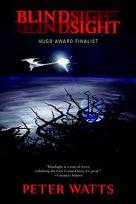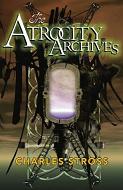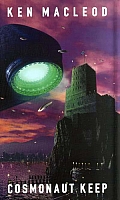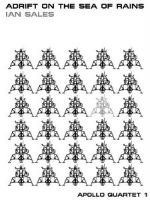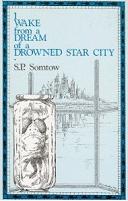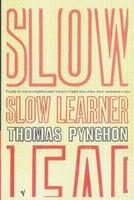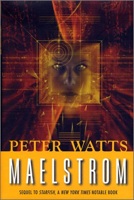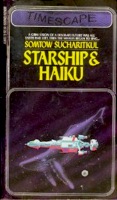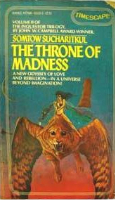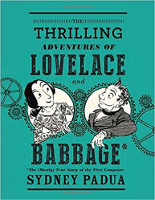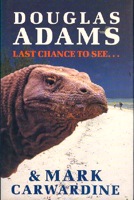 Last Chance to See was published 20 years ago, which is reason for despair. Not for the 20 years, but for what has happened since, and for how little such a book, with associated radio series, can actually change, despite all the publicity for the cause championed.
Last Chance to See was published 20 years ago, which is reason for despair. Not for the 20 years, but for what has happened since, and for how little such a book, with associated radio series, can actually change, despite all the publicity for the cause championed.
You see, Last Chance to See is Douglas' record of a BBC founded trip round the world by himself and Mark, where they went to document species threatened by extinction (their approach was for Douglas to stick pins in a map where he fancied going, and Mark sticking pins where there were endangered species; and where the two co-incided they went...).
It covers a number of species (animals, but also officials, conservationists and personnel, and an SF writer) , some of which I wasn't aware of prior to reading the book (animals only, ok?) – the expeditions took in the Aye-aye in Madagascar, the Komodo 'Dragons', the Northern White Rhino, the Kakapo in New Zealand, the Baiji (Yangtze River Dolphin) in China, and the Rodrigues Fruitbat on Mauritius. The radio series covered slightly more, but apparently Douglas didn't hand in the manuscript on time to include this (and how very Douglas Adams this is – read 'Don't Panic' by Neil Gaiman if you want to hear how Douglas used to deal with deadlines...).
It also contains, as part of the first chapter, a kind of introduction on evolution, competition between species and types/clades of species, and on how monkeys are at this yet again, and very hard and fast ('My aeroplane full of monkeys arrived at Antananarive airport'); a old short story ('Sifting the Embers') of all the Knowledge and Wisdom in the World, and how most of it was lost (very very Douglas Adams again), plus an afterword by Mark (zoologist : writer : wildlife photographer : tv & radio presenter according to his website; the book was his big break) with an update on several of the species, including a letter from a couple who had been served Baji (mother & foetus) whilst working in China. Monkeys, eh? There also are 3 sets of half and full page photographs by the authors (mainly Mark I suspect) from the various expeditions; including some really funny shots of Douglas.
Don't get me wrong, this is a book by Douglas Adams, and so it is a very funny book in many parts. There are loads of classic Adams wittyisms, with great turns of phrase, making light of rather harrowing (animals) and stressful (officialdom and other monkeys) experiences; and some rather unique takes on conservation issues (sample chapter title: Rare or Medium Rare?). The latter refers to a comment by a local conservationist on the Rodrigues Fruitbat, the world's rarest bat: “The bats are doing just fine. There are hundreds of them.” You see, he compares to other species he's looking after on Mauritius who are down to much less, some of them to single figures (and one species which was brought back from the minimum of 1 pregnant female... beat that!).
Don't get me wrong, this is a very sad book, despite all the humour, play on language, and the grins and chuckles this elicits from the reader. It is not very positive in outlook, for very realistic reasons. And it is not complementary about humans as a species, not at all, deservedly.
Recommended reading for about everyone who cares about animals, humans/monkeys, or the planet we share.
Title: Last Chance to See
Author: Douglas Adams
Author: Mark Carwardine
Reviewer: Markus
Reviewer URL: http://skating.thierstein.net
Publisher: Heinemann
Publication Date: 1990
Review Date: 100814
ISBN: 0434 009245
Pages: 208
Format: Hardback
Topic: Conservation
Topic: Humour
More Douglas Adams

